Bihać is a small charming city located on the banks of the Una River in northwest Bosnia and Herzegovina. The city lies on a spacious valley, which has been inhabited since the prehistoric period. The people of Bihać are particularly proud of the remains of the famous Illyrian Iapodes, who left behind many necropolis, stilt houses, castles, and monuments.
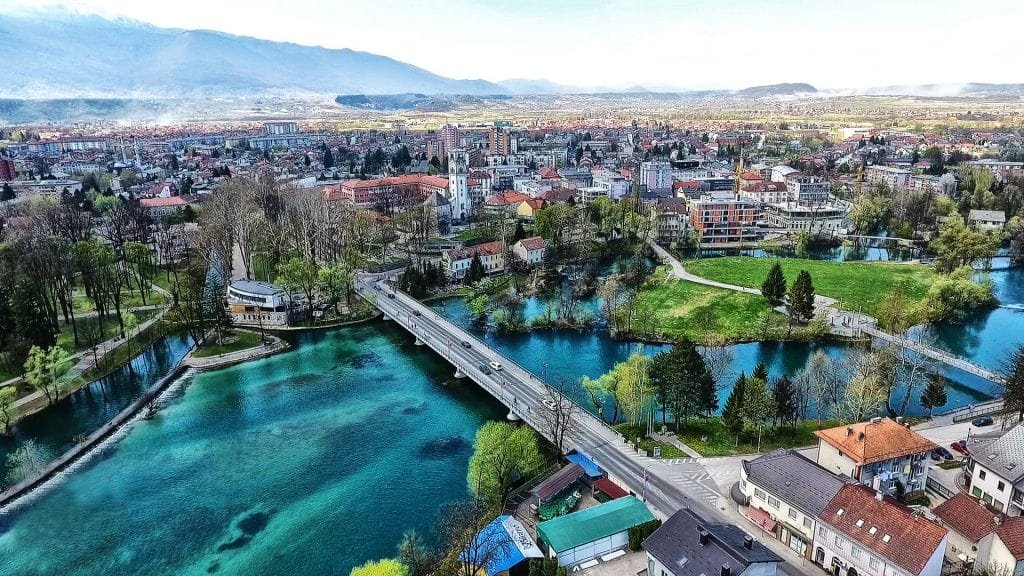
About Bihać city
As the most important medieval fortress of the region around the Una river, Bihać was first mentioned in 1260 as the property of the Topuska abbey, and on that occasion was mentioned for the first time in official documents of the Hungarian-Croatian king, Bela IV on the 26th of February.
For more than a hundred years, the defenders of Bihać resisted the Ottoman attacks, until the year 1592, when their defense was broken, and Bihać was conquered. At that time Bihać became one of the most important strongholds of the westernmost province of the Ottoman Empire.
During the Second World War, Bihać became the place where many important decisions were made for the final liberation of Yugoslavia. It is the city where the first council of AVNOJ (Anti-Fascist National Liberation Council of Yugoslavia) was held on November 26th and 27th 1942.
In the last few years, the city of Bihać has become one of the most popular destinations for continental tourism in Bosnia and Herzegovina. Every year this town is visited by thousands of tourists.
Attractions
Una River – If you were to ask the people of Bihać what is it that holds the significance and beauty of the area, the answer would be – Una, a river that is often treated as a member of the family. It is the fourth largest river in Bosnia and Herzegovina, and one of the most beautiful rivers in the region and beyond. The legend of the origin of the river’s name goes back to Roman times, when one of the Roman legionaries, seeing the sparkling waters of the river for the first time, said “Una, solo una” (one and only), suggesting that he had never seen anything as beautiful in his entire life. The International Una Regata has become so popular that reservations are made months in advance. It’s a fantastic experience and more than worth a visit.
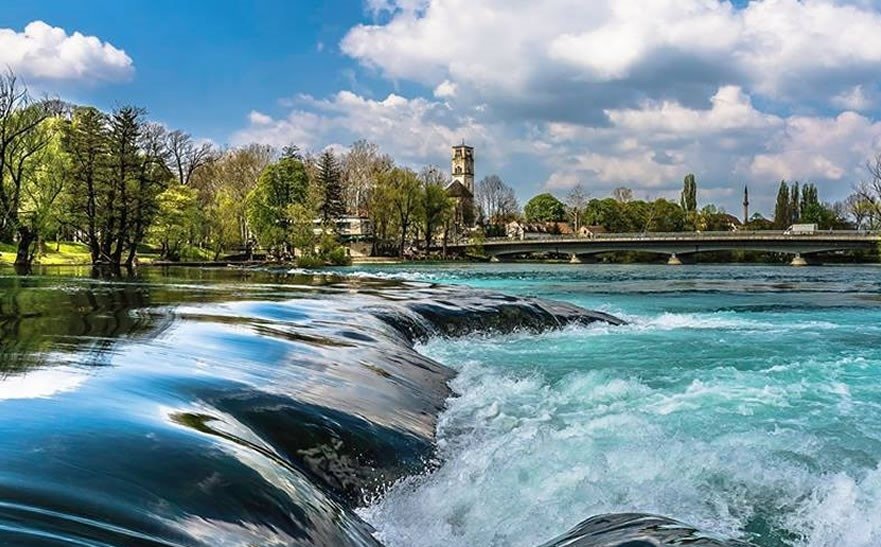
“Unske lađe” or Una ships have been made since ancient times. Boats used to be made in two sizes, large and deep for extracting Una sand which was used as construction material, and smaller and shallower for fishing or transportation. There are still a few craftsmen who make Una boats, but today those boats are mostly seen as tourist attractions. It is possible to rent boats in the center of Bihać, and take a ride.
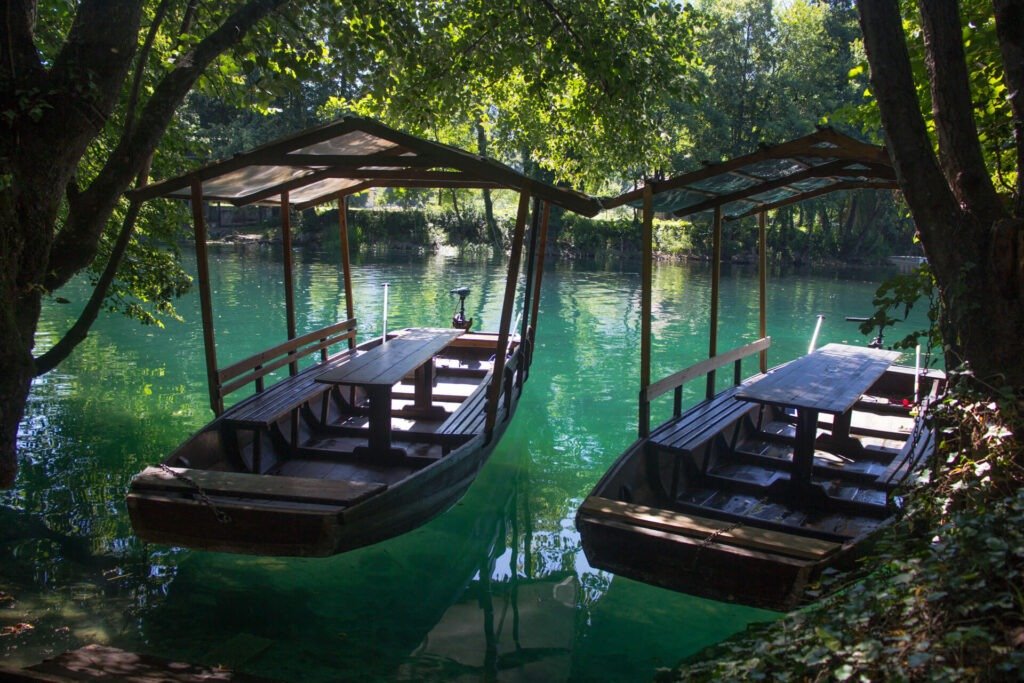
The old town of Sokolac – This old town was built on a high and steep hill where a hillfort used to be in the prehistoric period, the traces of which are still visible on its walls. Sokol is first mentioned in 1369, although many chroniclers believe that this town was built much earlier. It had its castellan, crew, and domain. It was under the Ottoman rule in 1592 and a permanent military garrison was immediately installed in it. Today, various cultural events are held right inside this old town.
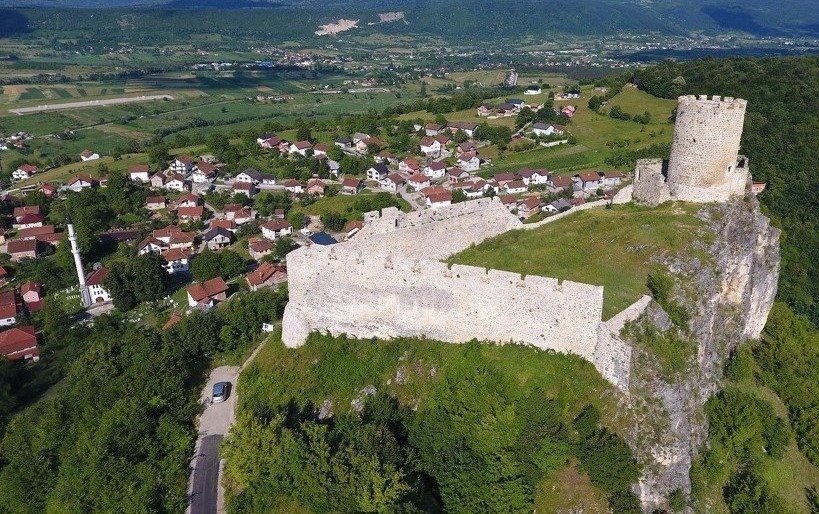
Fethija mosque – Today’s Fethija mosque used to be the church of St. Anthony in the 14th century. It is even older because it is believed to have been built at the same time as the Dominican monastery in Bihać, which was first mentioned in 1266. After the arrival of the Ottomans, Hasan-paša Predojević became the commander of Bihać and he issued the order to convert the church into a mosque and to name it after one of the Qur’anic surahs – “Feth” or “victory”.
The church was built in the Gothic style, with a high roof, and an octagonal bell tower, and when the church was converted into a mosque, the Ottoman builders remodeled it further. It is interesting that the bell tower of the church was not demolished, but remained intact until 1863 when it was demolished because it was old, and replaced by a minaret. Today, Fethija mosque is open to everyone and represents the only European Islamic place of worship in the Gothic style.
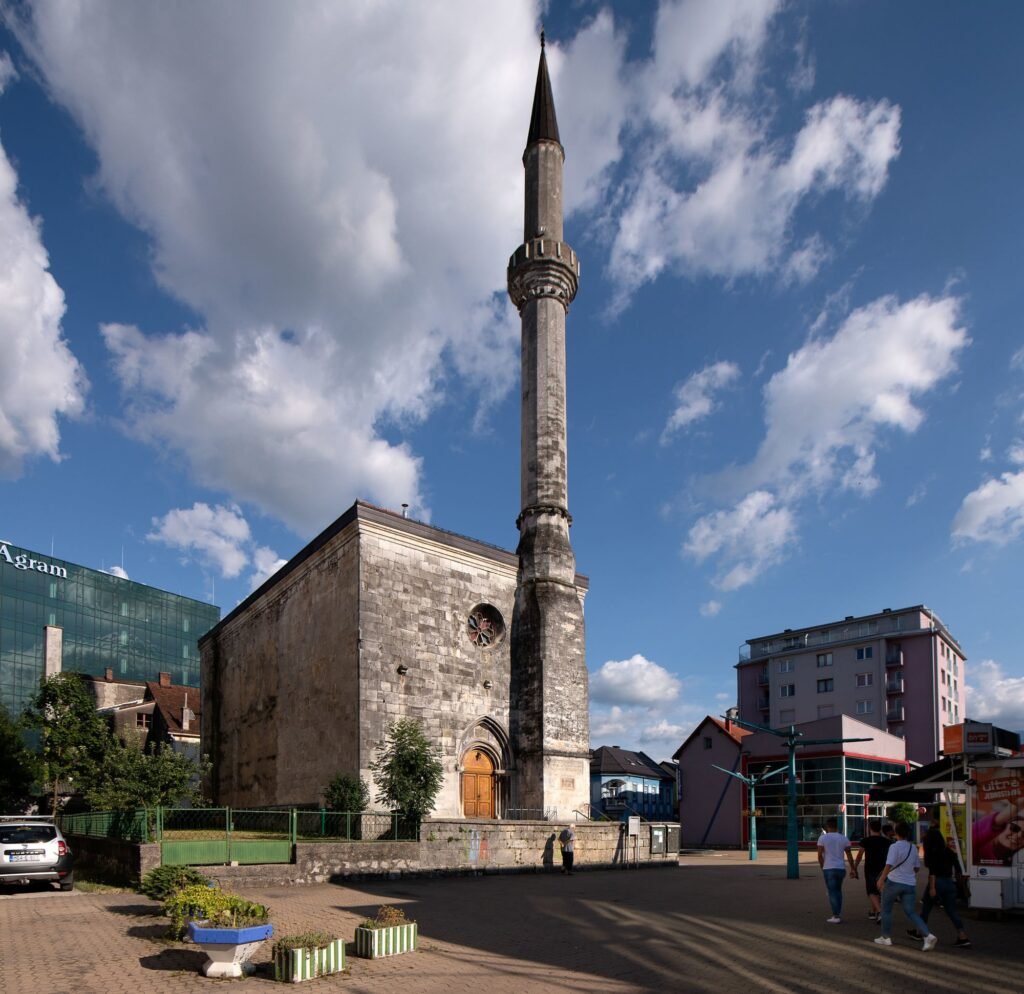
The Church of St. Anthony of Padua was built at the end of the 19th century and completed in 1894. It is built on the site of one of the destroyed medieval churches in Bihać. The very appearance of the church was, for that time, more than imposing.
In 1943, the British planes bombed Bihać during Second World War combat. Seventy percent of the urban city core was destroyed. The Church of the Saint Anthony of Padua was among the destroyed facilities, and only the tower and one part of the walls remained standing. Walls and the high tower of the Church of the Saint Anthony of Padua still stand, showing that an imposing building once stood in the center of Bihać, decorating the city and being an inevitable detail in almost every historical photograph. It is one of the three largest churches in Bosnia and Herzegovina.
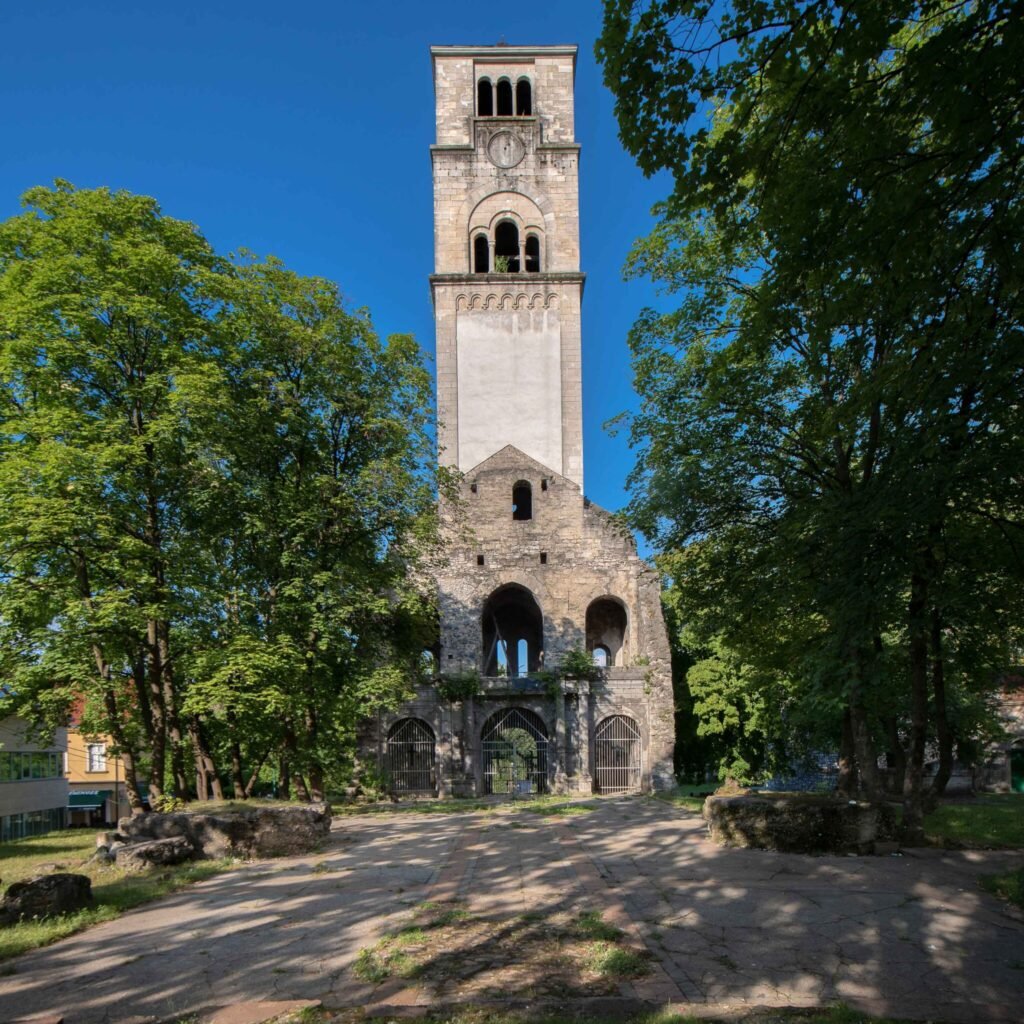
The Museum of AVNOJ – was founded in 1952. as a memorial museum, and it is still housed in the Kloster building, which was built in 1939. That was a gift from one of the local men who lived in America to the nuns. In addition to being the place where the first council of AVNOJ was held, today, it is also used for public and cultural events.
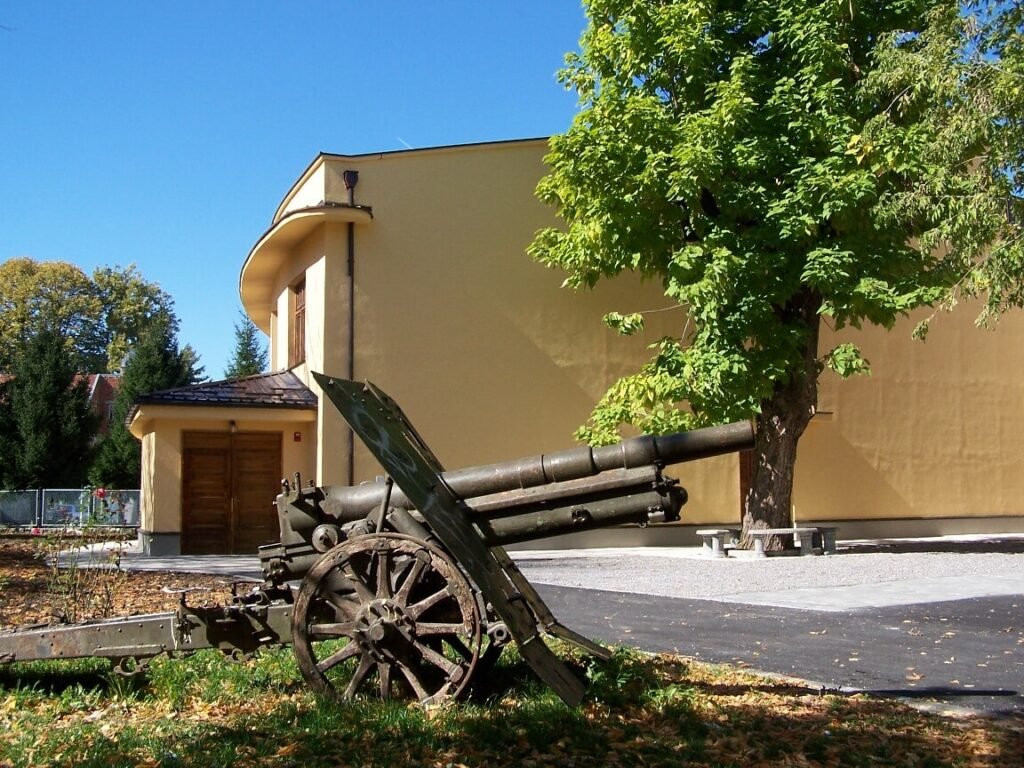
Sarcophagus of noblemen – It is known as the Tomb of Croatian noblemen, more precisely the Tomb of the Bihać nobility. The original sarcophagus was built at the end of the 19th century near the location where the new church of St. Anthony of Padua was built. It contains the remains of nine dignitaries from Bihać, who died defending this city in battles against the Ottoman army in the first half of the 16th century. Today is located right next to the church of St. Anthony.
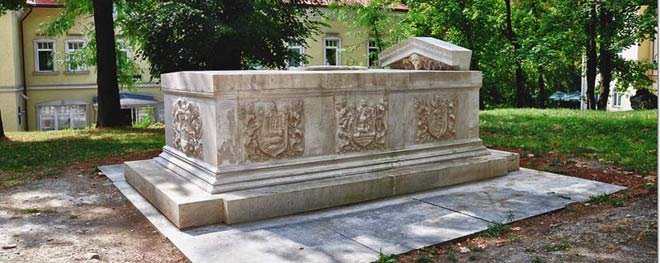
Captain’s Citadel is among the oldest buildings in Bihać, but the exact date of its birth is not known to this day. Its builders did not leave any information about it, but historians, based on all the sources and evidence, placed its “birth” in the period around 1205. According to legends, the Hungarian king Bela IV hid inside it after being chased by the Tatars horseman. After that, Bihać was declared a free city. With the arrival of Austria-Hungary in these areas, the tower was turned into a prison, and it served like that until 1959. when it was handed over for use by regional museums. Today, it has been turned into a museum and is located right across the street from the Church of St. Anthony. It is on the list of National Monuments of Bosnia and Herzegovina.
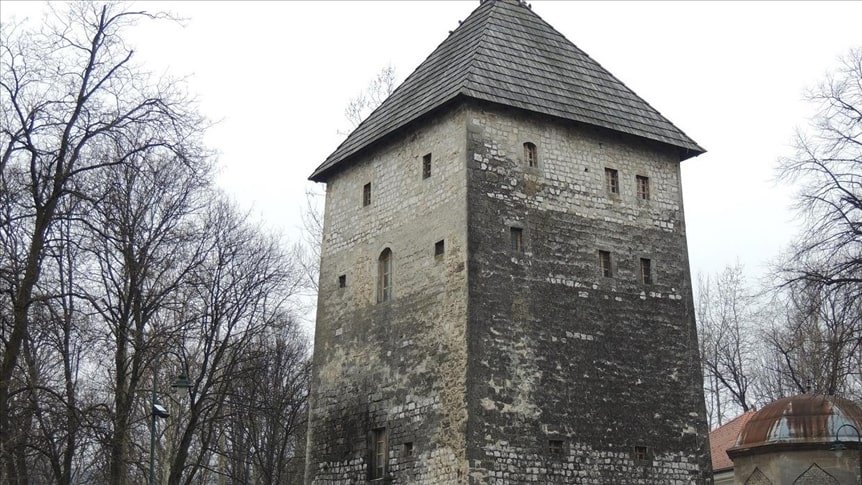
Turbe Mausoleum – originates from the time of Ottoman rule and was built to show reverence for the defenders of the city who died in the fight against Austro-Hungarian troops. According to legend, two ottomans Pashas are buried in it. The turbe was first made of wood, with the arrival of Austro-Hungarians, it was moved a few meters and then build again. This time it was made of stone. Together with the Captain’s Citadel, a large sarcophagus, and the tower of the Catholic church, Turbe forms the historical core of Bihać.
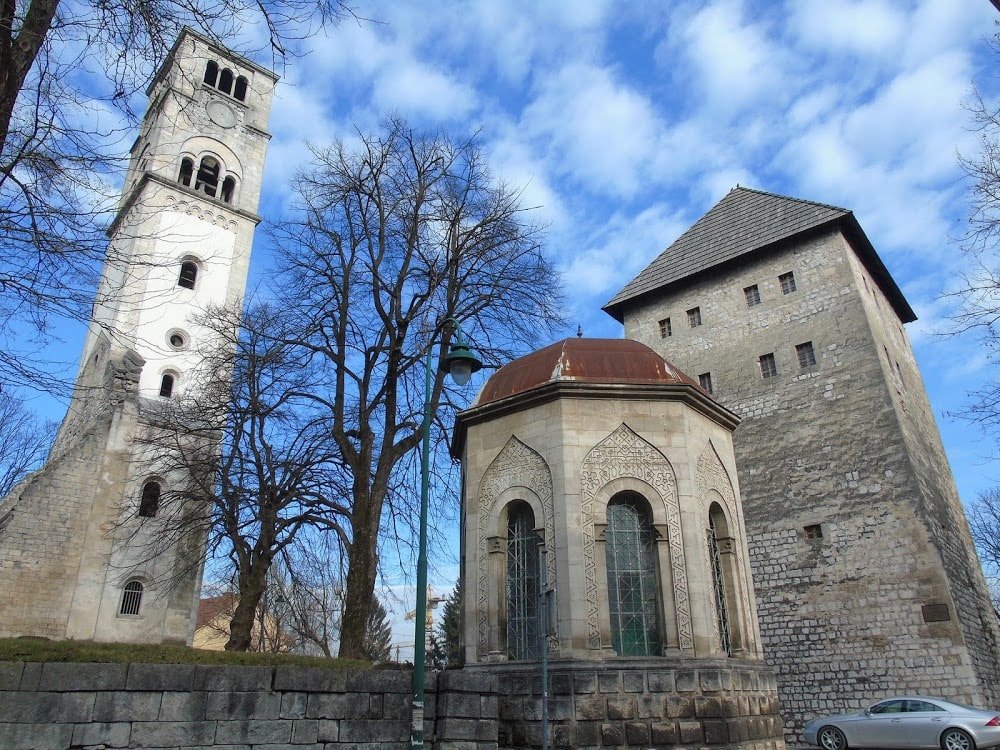
Iapodes Islands – a heart-shaped wonder of nature, located a few kilometers from Bihać. Visitors can use their time in several ways – whether it’s just enjoying the beauty of nature that surrounds Una or embarking on a rafting adventure on the Štrbački buk. This location got its name from one of the Illyrian peoples – Iapodes. An ancient people who lived in this area and one of their greatest specificity is the construction of stilt houses commonly known as pile dwellings or houses raised over the body of water. These houses are similar to those settlements built by the Vikings from the north of Europe. you can stay as long as you want on the Iapodes islands because there are different types of accommodation where you can stay.
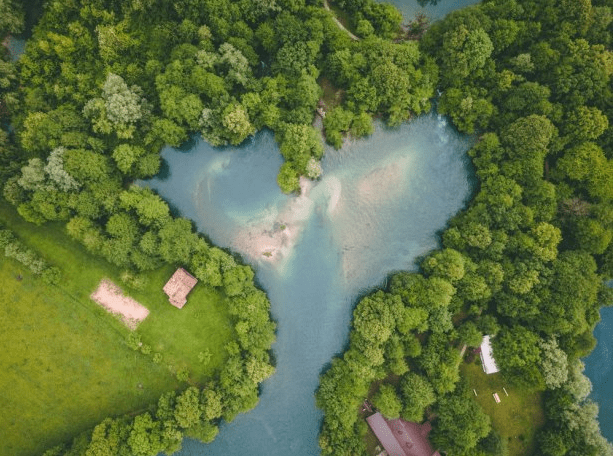
Bihać has always been a crossroad of important roads, so the touch of East and West, old and new, is visible at every step. Of course, everything about this city revolves around the magic of the Una river, so the natural beauty of this city cannot be disputed.
Visit our social media profiles as well:
